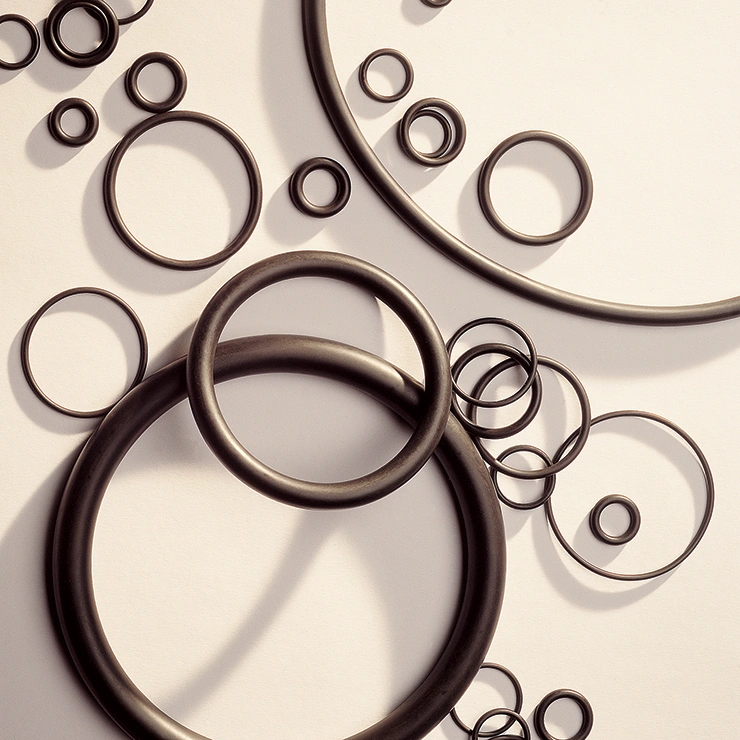Role in the automobile industry
The applications in the automobile sector and of transportation vehicles, mark the variety of exercise conditions that can be compared.
Such differences depend mainly on the many different types of fluid present in the system. Actually, in the automobile product, fuels of different natures both liquid and gas, refrigerant liquid and gases, lubricant oils of different natures and properties are all present. To these, we must add such differences in the various temperatures at which the fluids work and the speed with which the exercise conditions can vary.
In the following points, we analyse some circuits in which the O-Rings are used.
Such differences depend mainly on the many different types of fluid present in the system. Actually, in the automobile product, fuels of different natures both liquid and gas, refrigerant liquid and gases, lubricant oils of different natures and properties are all present. To these, we must add such differences in the various temperatures at which the fluids work and the speed with which the exercise conditions can vary.
In the following points, we analyse some circuits in which the O-Rings are used.
Braking circuit
We start the analysis of the applications in the automobile sector with the system which could be considered, for obvious reasons, one of the most important: the braking system.
The fluid that is used inside this circuit is a glycol based synthetic oil, that guarantees a constant performance. The efficiency of the system must be guaranteed for a wide temperature spectrum that we can indicate between –40°C and 150°C.
The compounds of the O-Rings used must insure optimum performance at all of the temperatures and support, without modifying themselves, sudden variations from the pressure inside the circuit. For these applications the use of compounds with a rubber EPDM Perox base is recommended.
These compounds, not being suited to roles which bring them into contact with mineral oils, present characteristics more suitable to contact with glycol based oils.
The fluid that is used inside this circuit is a glycol based synthetic oil, that guarantees a constant performance. The efficiency of the system must be guaranteed for a wide temperature spectrum that we can indicate between –40°C and 150°C.
The compounds of the O-Rings used must insure optimum performance at all of the temperatures and support, without modifying themselves, sudden variations from the pressure inside the circuit. For these applications the use of compounds with a rubber EPDM Perox base is recommended.
These compounds, not being suited to roles which bring them into contact with mineral oils, present characteristics more suitable to contact with glycol based oils.
Lubricant circuits
For the lubrication of engines and transmission components, mineral oils are used containing variable quantities of additives like antifoaming antioxidant agents. The temperature of the fluid is different depending on the usage and on the circuit line which comes under examination. For this role, the compounds like NBR, FPM and ACM are recommended, based on the temperature of the exercise in which the O-Ring is subjected to, and remembering that the increase in temperature forces the fluid to become more aggressive compared with the elastomer.
Airconditioning system
As a last example of usage in the automobile sector, we consider the air conditioning system.
Inside the air conditioning system circuit, gaseous fluids circulate which undergo state variations and at different parts of the circuit work at different temperatures.
Inside the air conditioning system circuit, gaseous fluids circulate which undergo state variations and at different parts of the circuit work at different temperatures.
